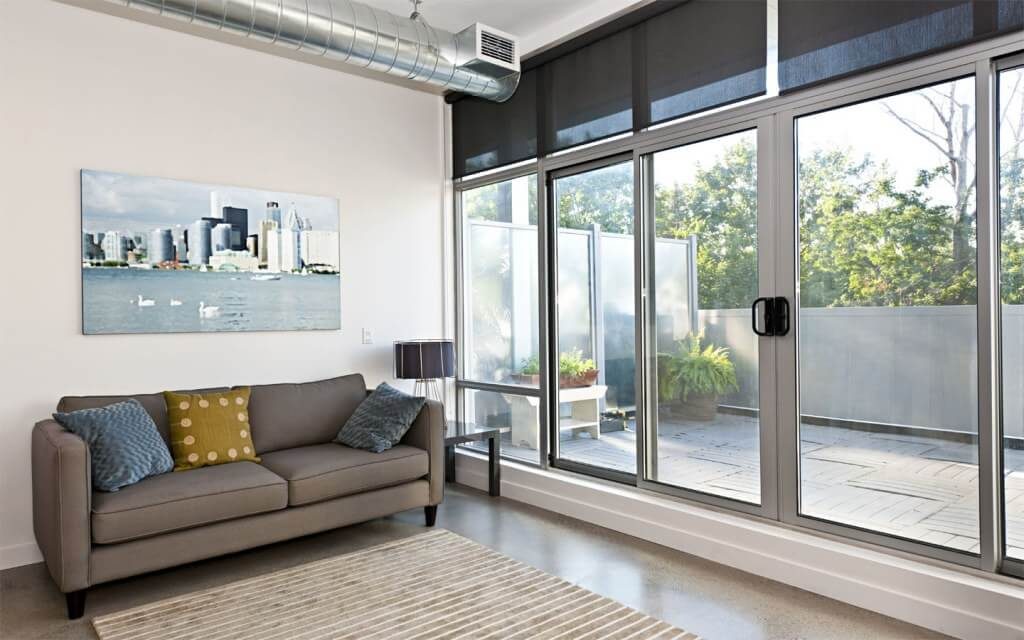Adhesives are available in many different chemistries and forms, each with special characteristics designed to address a particular issue or requirement. Manufacturers may now develop extremely specialized adhesives thanks to science, and they typically come in opposites like solvent or acrylic, transparent or colored, and removable or permanent. The purpose you will utilize for it and the area you will apply it in will determine the best adhesive for your project. Before choosing your adhesive, consider the following elements to get the best possible results.
-
Substrate Type
Knowing a little about the materials you’ll be trying to join is essential while looking for the best skirting board adhesive. Every substrate has highly unique characteristics, and it will respond differently based on the substrate you are trying to bind it to. Therefore, research the substrates you intend to attach before you start looking into your glue. Also, don’t forget to consider whether the surface has been painted, lacquered, or treated in any other manner since this can greatly affect the ability of adhesives to form a bond successfully.
-
Strength
When developing a robust adhesive-bonded structure, adhesive strength—the strength at the interface between the glue and the substrate—is typically the most crucial factor to consider. However, not all elements necessary for forming a strong bond depend on adhesive strength. Even when utilizing the strongest adhesive known to man, a bond will fall apart if the adhesive doesn’t adhere to the substrate’s surface. Water-based adhesives are frequently used for laminating and are more affordable than resins. Hot melt adhesives enable repositioning during assembly since they can be repeatedly melted or softened by heat before setting by cooling. Always keep in mind whether a strong, long-lasting connection or the ability to remove or reposition the attached surfaces as necessary is required of the adhesive.
-
Thermal vs UV cure
UV cure adhesives are typically one piece and immediately cure. However, they need UV exposure to cure; hence at least any of the substrates need to allow for UV light transmission. Materials with a thermal cure can be heated or left at room temperature to cure. Although heat-cured thermal adhesives may demand high temperatures, which could harm components, they generally cure more quickly and have better characteristics.
-
Humidity
Adhesives may appear foamier or lose quality if too much dampness is present. Additionally, it may cause the production of films in some curing agents. A specific humidity range may not affect some adhesives, but if condensation accumulates on a substrate, you can be certain that it will weaken the adhesion strength. Both dampness and humidity will have an impact on the effectiveness of adhesion. For example, water-based adhesives are much more prone to moisture, which impacts how well you can use them and how long they can last.
-
Adhesive Testing
There is typically no assurance that a specific adhesive will function exactly how you want it to. Testing the best skirting board adhesive before manufacture or purchase is highly advised. You ought to consider the following aspects when testing:
- Test temperature
- The region of contact when the adhesive is used
- The kind of force used
- The attributes of the glue
- Adherence to surfaces
Always remember that gathering as many facts as possible will help you make the best decision possible. So, in addition to the advice provided in this post, you should find a ton more if you look further.
